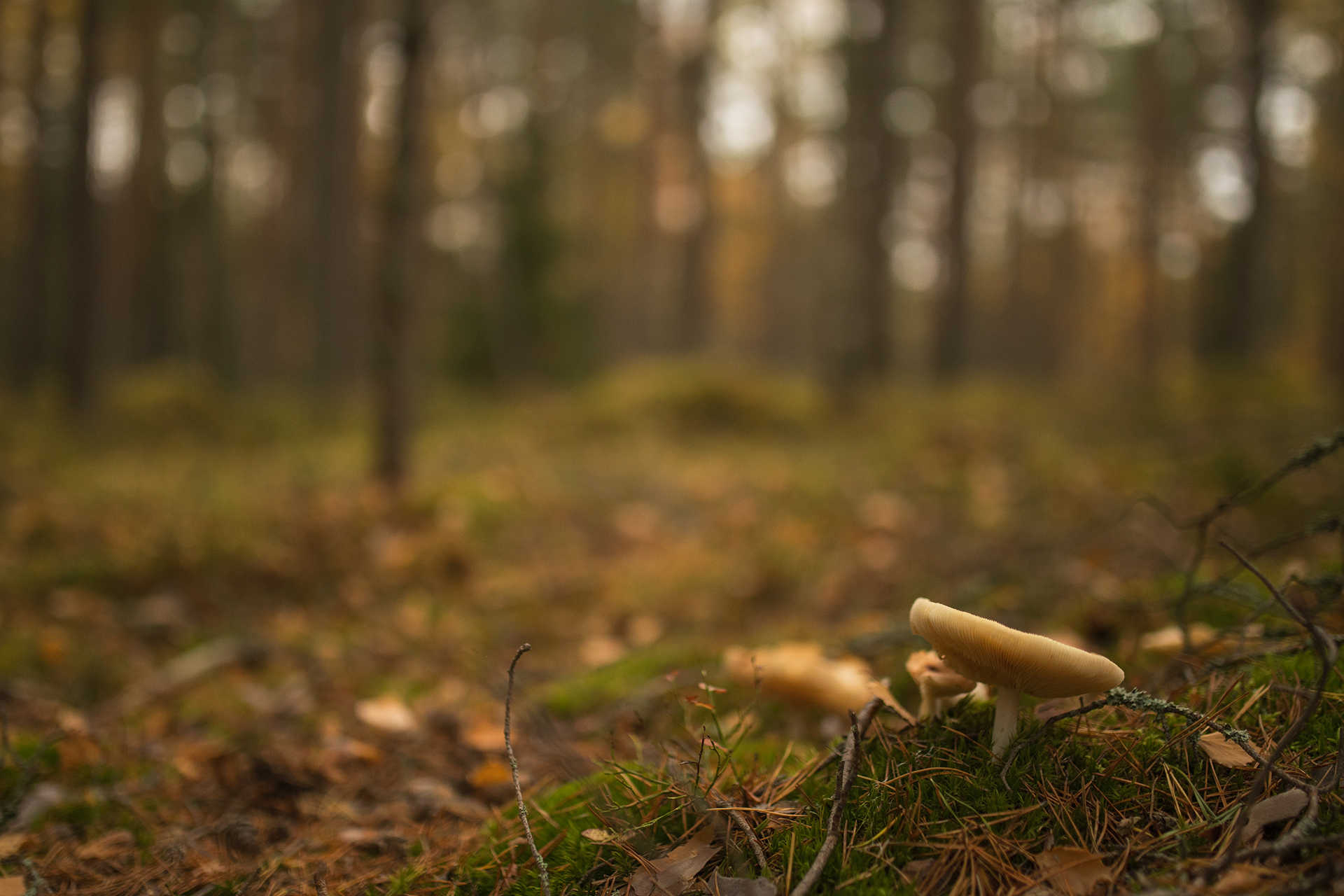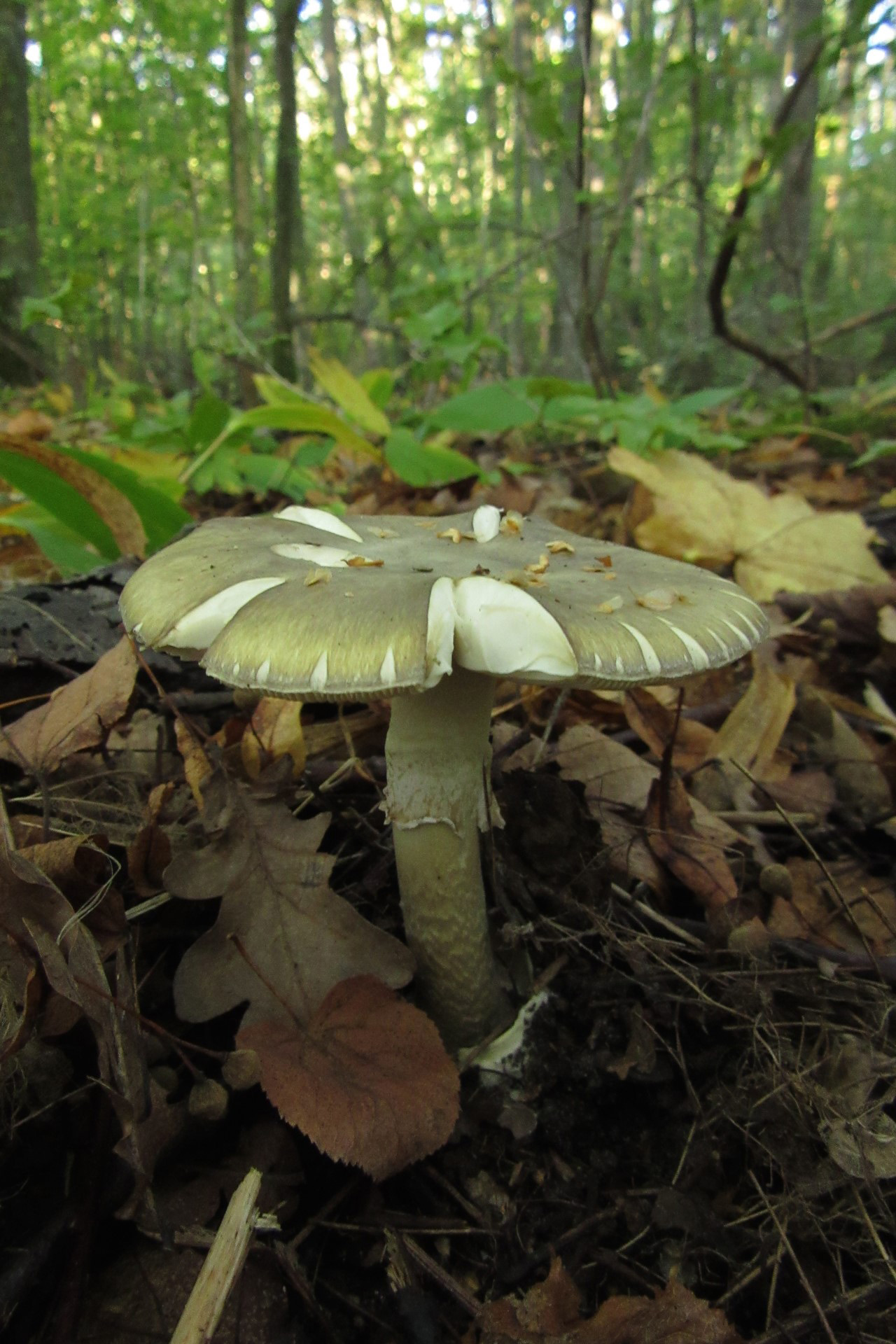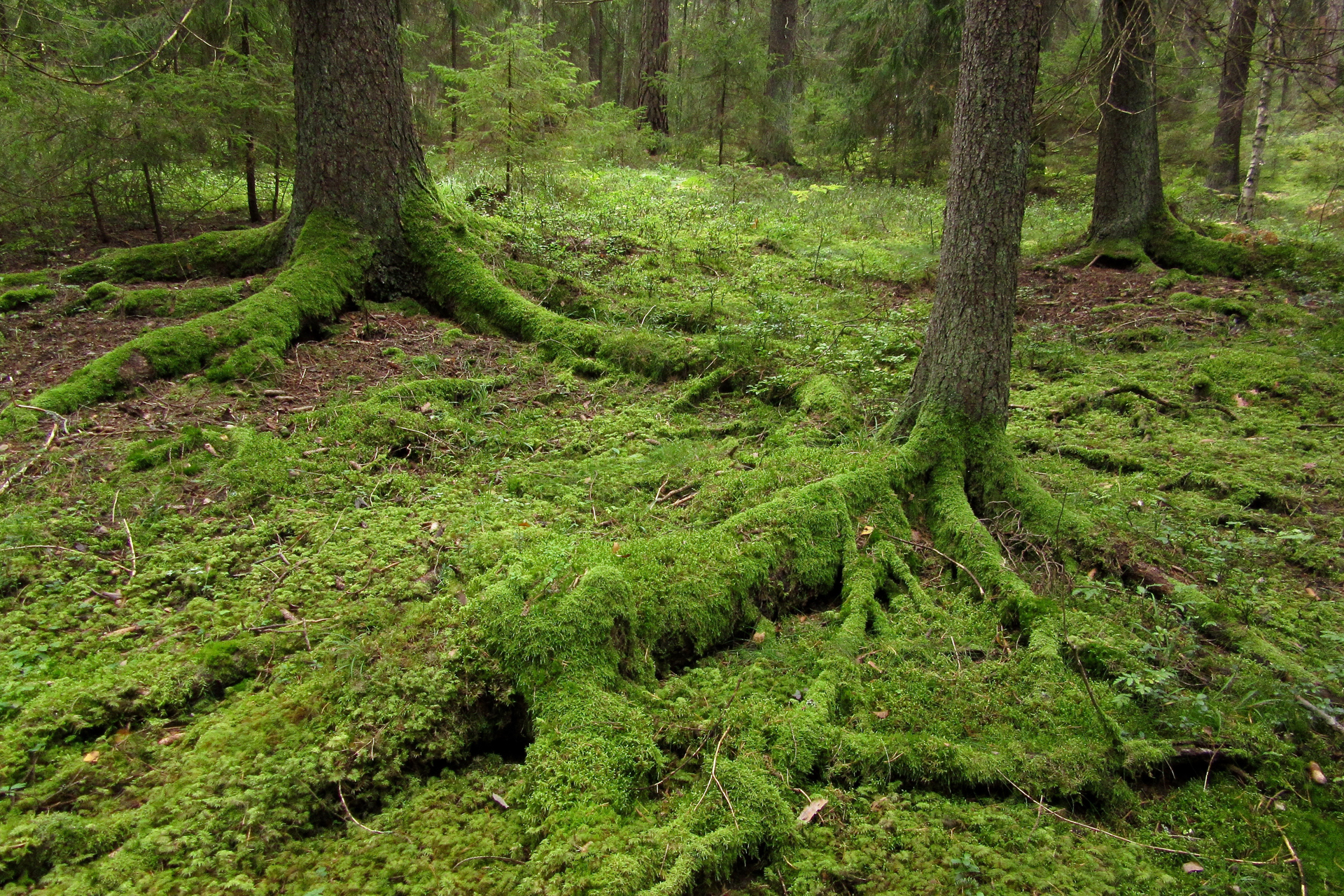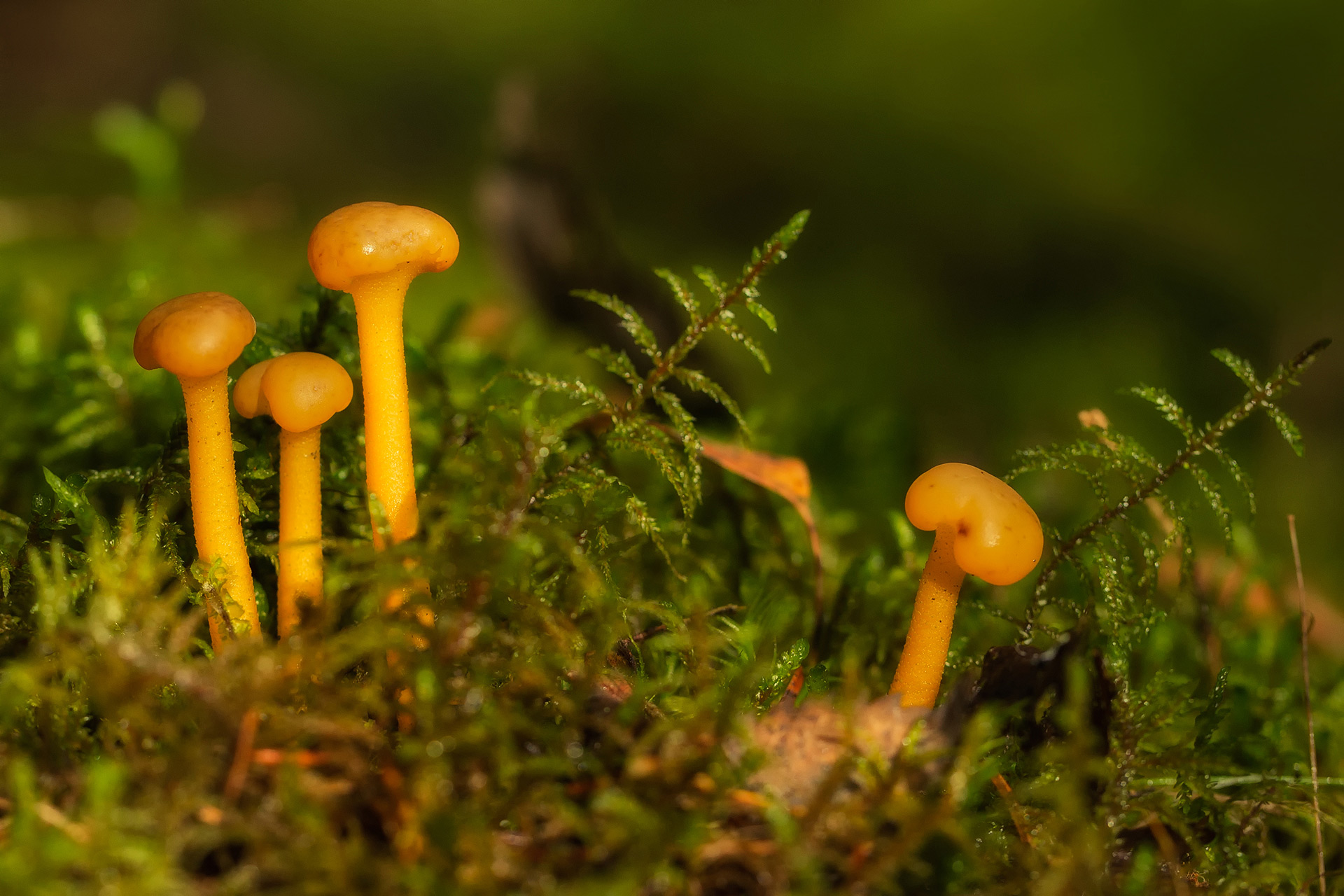Hiding fungi pop into view in the autumn
Autumn may be a time of wilting and preparing for winter for plants, but for most fungi it is the time for reproduction. This is when their fruiting bodies, colloquially called mushrooms, start popping up. The actual fungus, however, consists of mycelium that lives underground, in forest litter or the trunk of a dead tree. The fruiting body is only the fungus’s short-term reproductive structure, a means of spreading spores to new growth sites.
Ruissalo is home to several rare species of fungus. The watery milkcap (Lactarius serifluus), which is found near English oaks, is known to grow in only a few places in Finland, with many of these sites being located in the Turku region. The Cinnabar webcap (Cortinarius cinnabarinus) is hardly found anywhere in Finland besides Ruissalo. Ceramic parchment (Xylobolus frustulatus), which grows on dead oaks, can also be counted among Ruissalo’s rarer finds, although it known to also grow in other parts of Finland’s southern coast. Another exciting and rare species found on Ruissalo is the death cap (Amanita phalloides), which in Finland is only found in the archipelago.
Fungi play an important ecological role in forests: they decompose living matter and recycle the nutrients contained therein, making them available to plants once more. Fungi also have a direct impact on the nutrient and water circulation of plants. Many plants have so-called mycorrhizae, structures in which the plant’s underground roots are entwined with the mycelium of the fungus, with the plant and the fungus engaging in mutual exchange. The mycelium boosts the plant’s water and nutrient intake, in exchange for which the plant provides the fungus with carbohydrates. Often this partnership is species-specific; for example the orange birch bolete (Leccinum versipelle) is a birch root fungus, which is why the best place to find its fruiting bodies is in the vicinity of birch trees.



